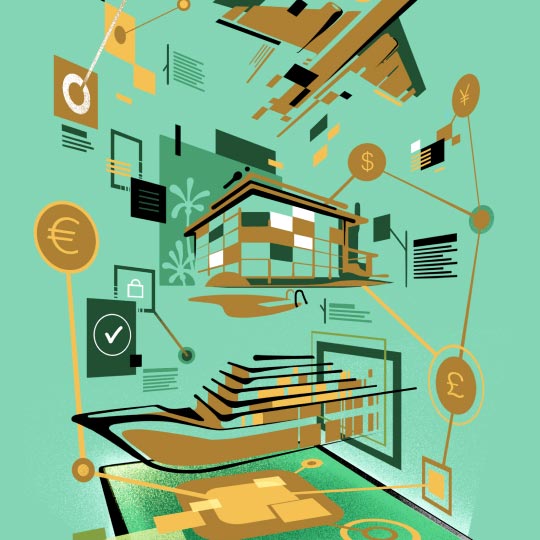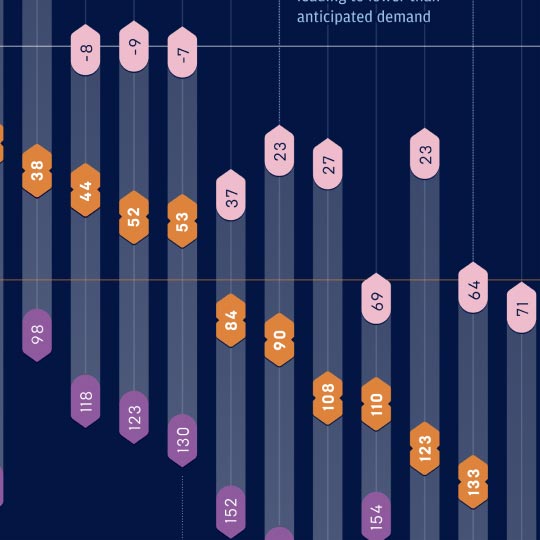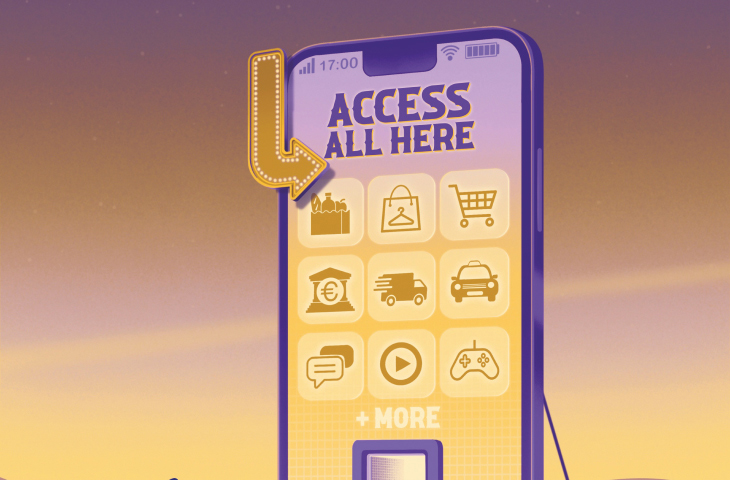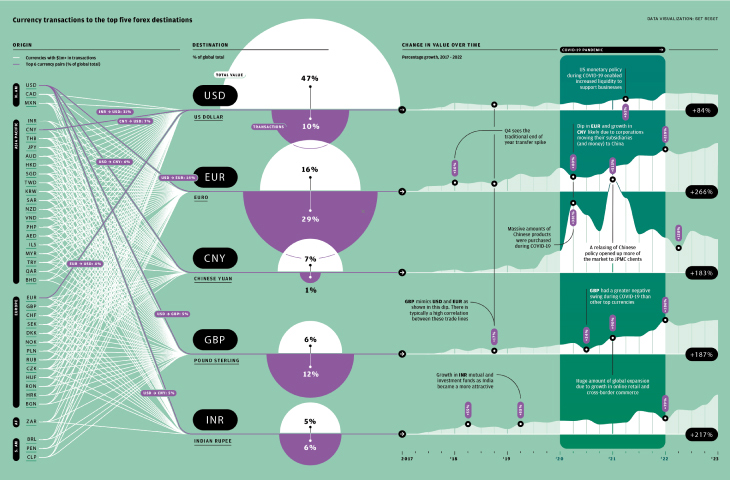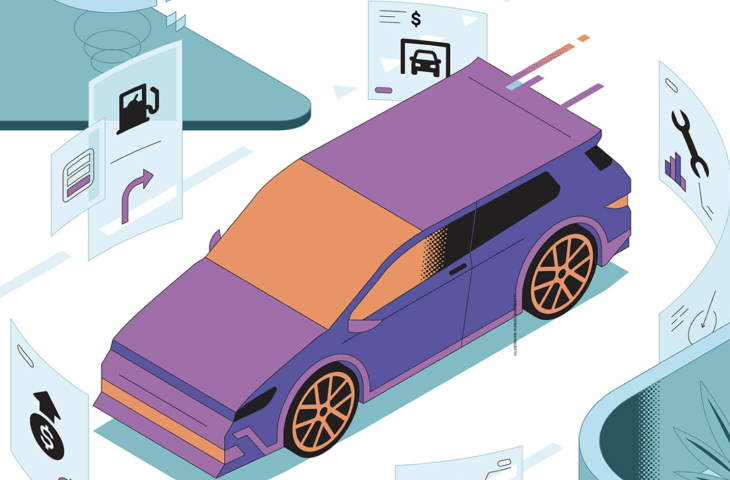
Meet the developers solving some of the biggest challenges in payments
From upgrading paper checks to tackling new forms of fraud, smart thinking is remaking the landscape
Developer Showcase
When it comes to creating a DEVELOPER SHOWCASE faster, more seamless payments system, there will be no single solution that makes the breakthrough. It will involve entrepreneurs and innovators isolating and solving specific problems and gradually chipping away at the causes of friction. Here, we take a look at four developer-led fintechs, each of which are focused on solving a separate challenge to help move the payments industry forward...
PROBLEM: The widespread use of paper checks
Who's solving it? PJ Gupta, CEO & Founder, Checkbook
Despite being at the forefront of technological development, the US is somewhat of an outlier in payments—it still relies heavily on paper checks. Approximately 40 percent of business-to- business (B2B) payments are still made using this method. Not only is this slow, it’s expensive—the average cost of sending a paper check is $8. Considering that 12 billion checks are sent a year, this quickly adds up. And then there’s the environmental impact of all that paper and the associated delivery miles.
If Checkbook has its way, this would all be a thing of the past. Founded in 2015 by PJ Gupta, who has spent more than two decades as a technologist in the financial services industry, the company has developed a platform that can transform paper checks to online digital payments.
Instead of sending a check, a company that wishes to make a payment will send the information—such as the amount, the recipient’s name, email address, and other details—to Checkbook. This can be done with a CSV file or via Checkbook’s application programming interface (API)—a way of facilitating the integration of two separate computer systems, allowing direct connections. Once it has the information, Checkbook will then make the actual payment via whatever digital payment method the recipient prefers, such as Automated Clearing House (ACH), virtual card, FedNow or Real-Time Payments (RTP). Many companies do not have the capability to offer these digital payments methods, but Checkbook does, enabling it to convert what would have been a paper-based payment into a smooth digital transaction. It also does all the follow-up with the recipient, ensuring they have got the payment.
Some of a company’s list of payees, however, may still want a paper check because it’s what they are used to. So, Checkbook will still make the payment and it will actually send a physical check. But it then starts to communicate with the recipient. As Gupta explains, “over the course of time we evangelize them to the ease, and convenience of online payments. Our conversion rate has been very high, it’s north of 90 percent.”
Checkbook estimates that in the next three-to-four years, check volumes will fall by 50 percent as companies digitalize and legislation targets this area. However, Checkbook will continue to target the billions of checks still being processed each year.
PROBLEM: In-house payment tools are hard to build
Who's solving it? Tom Harel, CTO & Co-Founder, Routable
As companies grow and scale beyond having to make more than a few dozen
payments a month, two trends usually emerge. The first is that they are forced to increase the size of their finance and accounting departments so they can handle the higher throughput. The second is they start trying to build internal tools so they can automate as much of the payments process as possible, or as Tom Harel, Co-Founder of Routable describes it, “they stitch together a few different separate Frankenstein-type systems.”
Harel understands the difficulty this can entail, because he started his career building these types of internal tools for companies. Not only is it time-consuming and complex, but many firms just don’t have the in-house skills to create effective systems. This is why he, along with partner Omri Mor, established Routable in 2017.
The company is a B2B automation product that allows businesses to send and receive business payments at scale. Routable provides modern and easy-to-use APIs so companies can get access to its advanced payments infrastructure in a matter of minutes, saving time, money, and resources, as this means they don’t have to build these tools themselves. The solution integrates straight into the company’s enterprise resource platform (ERP), which is used to manage business processes such as payments. Routable can integrate with all of the major ERPs including NetSuite, Sage Intacct, QuickBooks, as well as many other systems.
In addition to extending its domestic payment option offering to enable faster payouts, Routable is expanding internationally by adding ever more currencies. The company is also exploring how to use artificial intelligence to complete routine accounting tasks for clients, such as matching purchase orders.
PROBLEM: Digital wallet fraud
Who's solving it? Soups Ranjan, CEO & Co-Founder, Sardine
Ever since e-commerce first emerged, companies have been battling fraud. As a result, systems to detect anomalous online transactions are relatively well-developed, checking simple indicators such as whether a transaction is coming from a new location, or if there is a sudden change in shipping address. But a new challenge has emerged. How can you identify when funds from a stolen card are used to load a digital wallet when many of the usual fraudulent activity signals will not be present. When money is being moved to a digital wallet, there is, for instance, no shipping address to check.
This is a problem that Ranjan has seen often. He helped to develop the security systems for digital assets at Revolut and Coinbase, before co-founding Sardine, a fintech that offers fraud and compliance technology that analyzes consumer behavior.
For example, when the payment was being made, was the screen auto-filled by the browser? That is a positive signal, as it suggests that it was the regular user. Alternatively, were the card details copied and pasted? That could indicate stolen credentials. Another area to track is mouse movement, which indicates a live human, rather than a bot. Or, if the fraudster added some automated mouse-movement into their system, is there natural variance, or does it move in a straight line?
As for the future? Ranjan says that Sardine is “continuously improving our behavior biometrics solution, making it faster and also solving for more advanced forms of attacks. Also we’ve just announced a new product, SardineX, a consortium which is meant to bring together banks and fintechs and payment processors together.” The idea is that different parties will co-operate and share information on the best ways to combat fraud in the new payments environment.
PROBLEM: Legacy financial infrastructure
Who's solving it? Wade Arnold, CEO & Founder, Moov
Many companies still rely on legacy financial infrastructure for handling payments. This is typically not a problem for traditional e-commerce models, where payments are one-directional—a customer selects a product and then checks out with a card or digital wallet. But online retail is changing. Take a food delivery platform, for example, which can have multiple payment flows.
Wade Arnold, Co-Founder of Moov, and an experienced software engineer, explains that “some of that money gets split and paid to the restaurant, some of that money gets split and goes to the driver, and some of that money gets split and paid to the platform. That all has to happen in seconds rather than days.” Many legacy platforms are just not designed for two-sided marketplaces. They operate in a linear fashion, have slow settlement speeds and limited payment options.
Moov is a new kind of payment processor that offers ledger infrastructure and helps developers embed modern payments systems in their products. It offers direct integrations with all the major payment rails in the US, and these can be accessed via a single cloud-native API. As a result, Moov makes it easy for developers to set-up pay-in, storage, and pay-out functionalities for their products. Instead of spending their time wrestling with restrictive legacy infrastructures, developers can bypass the existing structures and use Moov’s integrations to add the new features and payment options they need. This makes it well suited to the type of complex bi-directional and multi-party payments flows that are becoming increasingly common. Plus, Moov’s most critical code paths are free and open source.
One exciting area that Moov is working on is earned wage access. Many workers want to be able to access their salaries more than twice a month. Often what prevents companies from doing this is that they are stuck with standard payment rails that involve days-long processes. “Sometimes they are actually paying in on a Monday before a Friday payroll,” says Arnold. With instant payments options, like push-to-debit or real-time payments, companies could make money available quicker, with no impact on their business, and provide a better experience for their employees.
SOURCES: WWW.JPMORGAN.COM/PAYMENTSUNBOUND/SOURCES
ILLUSTRATION: SELMAN HOSGOR











